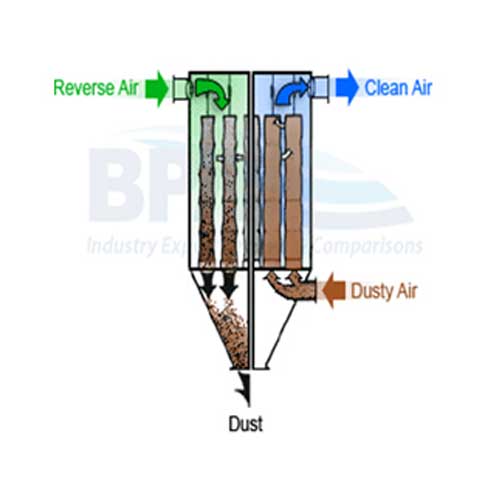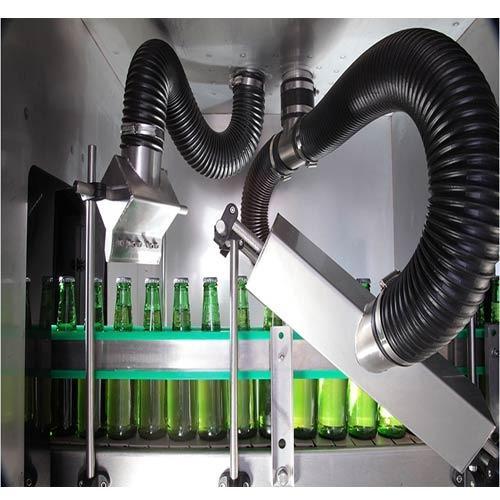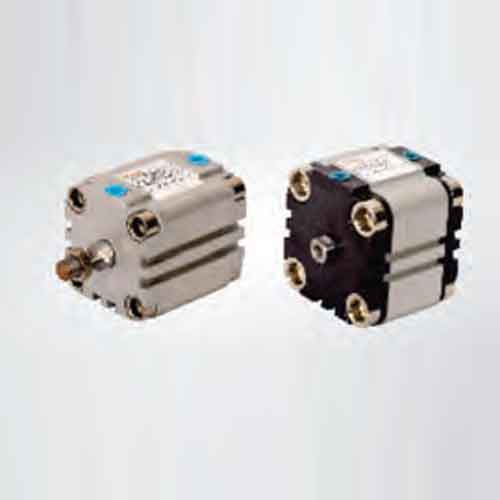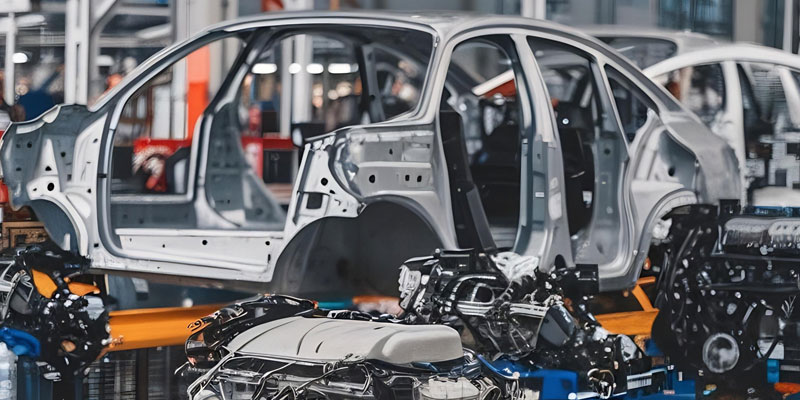Schedule a Call Back
Revolutionising HVAC efficiency with renewable energy and low-carbon materials
 Articles
Articles- Apr 19,24

The urgency to tackle climate change and cut down on greenhouse gas emissions has pressed governments, businesses, and individuals to actively pursue sustainable options in many areas, while buildings are being among the most significant contributors to global energy usage and carbon output. The International Energy Agency (IEA) reports that buildings consume a staggering 36 per cent of the planet’s energy and contribute nearly 40 per cent of the total global carbon emissions. This underscores the critical importance of addressing the environmental impact of buildings and their Heating, Ventilation and Air Conditioning (HVAC) systems in our efforts to combat climate change.
HVAC systems, crucial for maintaining indoor comfort, have long relied on fossil fuels, raising concerns about environmental impact and energy efficiency. Even so, a transformative moment, aptly called the “Green Wave” is reshaping the HVAC sector. This movement, driven by the convergence of renewable energy adoption and eco-friendly materials, seeks to enhance efficiency while minimizing the carbon footprint of HVAC systems.
The Green Wave movement represents a fundamental change in the approach to heating, ventilation, and air conditioning systems, emphasizing the integration of renewable energy sources and the utilization of low-carbon materials. It should be asserted here that this is not a fleeting trend but a fundamental reconfiguration of the industry’s foundation.
Shifting to renewable energy integration
At the heart of this evolution lies the integration of renewable energy sources, including solar panels, geothermal heat pumps and wind turbines to fuel HVAC operations. These technologies are reducing dependence on traditional electricity sources, signalling a profound move towards sustainable energy solutions.
- Solar power integration: Solar-powered HVAC systems have gained momentum due to the decreasing costs of solar panels and advancements in photovoltaic technology. The Solar Energy Industries Association (SEIA) reports a 70 per cent cost reduction in solar panels over the last decade, rendering solar energy increasingly feasible for powering HVAC systems.
- Heat pumps: Heat pumps are a smart alternative to traditional boilers with features which effectively address the needs of hot water for space heating, domestic heating & industrial heating applications. Heat pumps also significantly reduce energy consumption for heating and cooling, providing long-term cost savings and environmental benefits.
- Wind-powered solutions: While wind energy is traditionally associated with large-scale power generation, innovative designs are emerging to harness wind power for smaller-scale building HVAC needs.
Advancements in low-carbon materials
Simultaneously, the HVAC sector is transforming the adoption of materials with lower carbon footprints. Conventional refrigerants like hydrochlorofluorocarbons (HCFCs) and hydrofluorocarbons (HFCs), which have significantly contributed to global warming, are being replaced with low Global Warming Potential (GWP) alternatives. This shift is essential for reducing the carbon footprint of HVAC systems and aligning them with sustainability goals.
- Low-GWP refrigerants: International agreements, such as the Kigali Amendment to the Montreal Protocol, have prompted the phase-out of high-GWP refrigerants. Hydrofluoroolefins (HFOs) and natural refrigerants like hydrocarbons and CO2-based refrigerants are gaining prominence due to their significantly lower environmental impact.
- Sustainable construction materials: Innovations in construction materials, such as low-carbon steels, aerogels for insulation, smart glass for improved energy efficiency, and advanced composites for ductwork, are becoming more prevalent, contributing to better overall HVAC performance.
Impact and future outlook
Incorporating renewable energy and eco-friendly materials into HVAC systems not only helps lessen environmental impact but also brings concrete advantages. Research indicates that energy-efficient HVAC setups can slash building energy use by up to 30 per cent, resulting in substantial savings for both property owners and occupants.
The demand for environmentally friendly HVAC technologies is on the rise, with a projected annual growth rate of over 8 per cent for the global green HVAC market from 2021 to 2026. This expansion is being driven by heightened awareness about environmental concerns, supportive governmental regulations, and the cost-effectiveness of these sustainable alternatives.
Challenges and collaboration
Despite the upward trajectory, challenges such as substantial initial investments, integration of green HVAC tech into existing structures, and proper disposal of outdated systems persist. Collaborative efforts between governments, industries, and consumers are necessary to expedite the adoption of eco-friendly HVAC solutions.
Embracing this Green Wave revolution in HVAC is a strategic and conscientious stride towards nurturing a more sustainable future for future generations. This movement transcends individual actions; it encompasses a collective endeavour to reshape the very foundations of how we approach heating, ventilation, and air conditioning. It’s a realization that our built environment plays a pivotal role in the global pursuit of sustainability and that every step towards greener HVAC systems is a step towards a healthier planet.
The prospect of a world powered by highly efficient, eco-friendly HVAC systems is becoming more and more promising as this journey continues, driven by innovation, collaboration and a growing awareness of environmental issues. It is a vision where comfort is not compromised, but rather enhanced, by systems that operate in harmony with nature, contributing to a more sustainable and resilient future for everyone.
About the author:
Kishor Patil is the country leader of HVAC (heating, ventilation and air conditioning) and Transport of India and SAARC market at Trane Technologies. In this role, he is responsible for driving high efficiency, industry-leading HVAC systems and transportation solutions businesses.
Related Stories

Energy Efficiency as a Strategic Priority for Indian Manufacturing
India’s manufacturing growth is accelerating, but rising energy demand makes efficiency a strategic necessity for cost control, competitiveness, and sustainable industrial expansion.
Read more
Toyota Kirloskar Motor and NISE partner to advance India’s green hydrogen goals
The partnership represents a critical convergence of industry, research, and national policy to accelerate India’s transition toward a clean, secure, and hydrogen-based energy ecosystem.
Read more
Waaree Energies Sets India First With 1 GW Solar Module Output in a Month
Waaree Energies has become the first Indian solar manufacturer to produce over 1 GW of modules in a single month, marking a major milestone for India’s renewable energy manufacturing sector.
Read moreRelated Products

Reverse Air Bag House
ABR Enviro Systems offers a wide range of reverse air bag house.

High Quality Air Knife System
Superchillers offers high quality air knife system. Read more

Compact Cylinders -Vadvu Series
Vijay Air Control offers a wide range of compact cylinders -Vadvu Series















